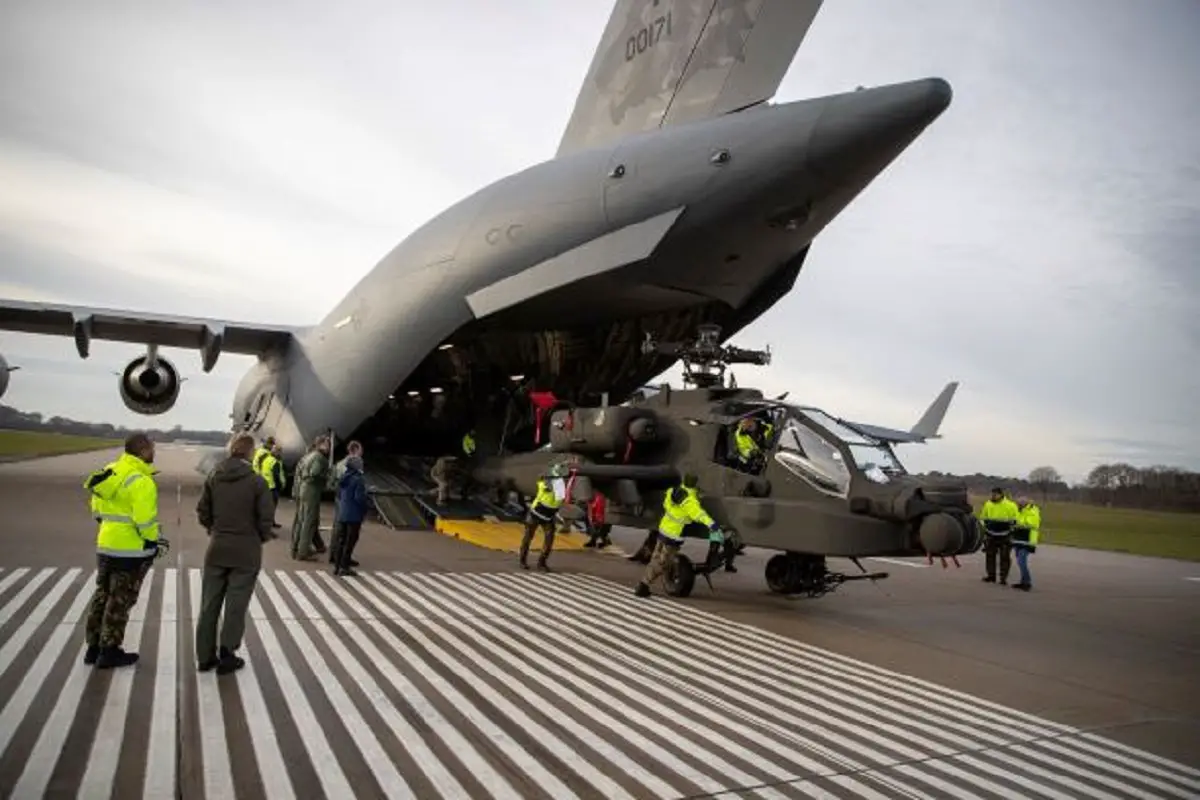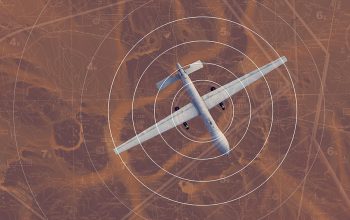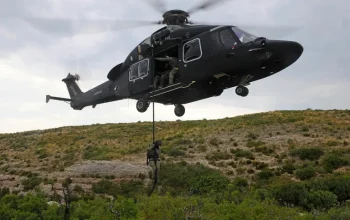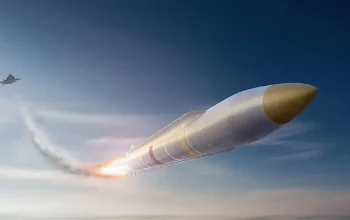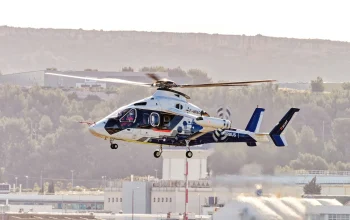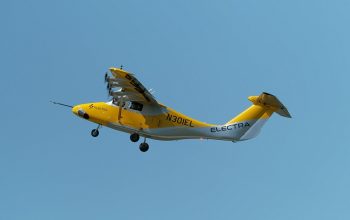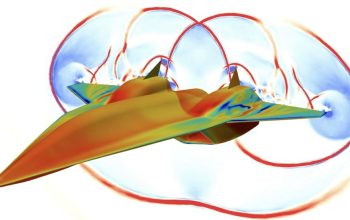Two modernized Apache AH64E attack helicopters, part of a larger fleet upgrade, have made their return to the Netherlands after undergoing substantial enhancements in the United States. Arriving at Woensdrecht Air Base via a military C-17 transport aircraft, these two Apaches mark the initial phase of the overhaul, with an additional 18 helicopters scheduled to return by mid-2025. Originally acquired in 1997, the Apache Echo represents the modernized version of the prior Apache Delta (AH-64D) model. Over the past two decades, these combat helicopters have seen extensive global deployment. After continuous use and periodic maintenance, a significant modernization became imperative to ensure the Apache’s operational relevance well into the coming decades. The latest upgrade equips the ‘Echo’ with state-of-the-art radar systems, sensors, advanced radio and navigation systems, modern composite rotor blades, and enhanced engine power, thereby ensuring Defense possesses effective, future-proof combat helicopters anticipated to remain operational until 2050.
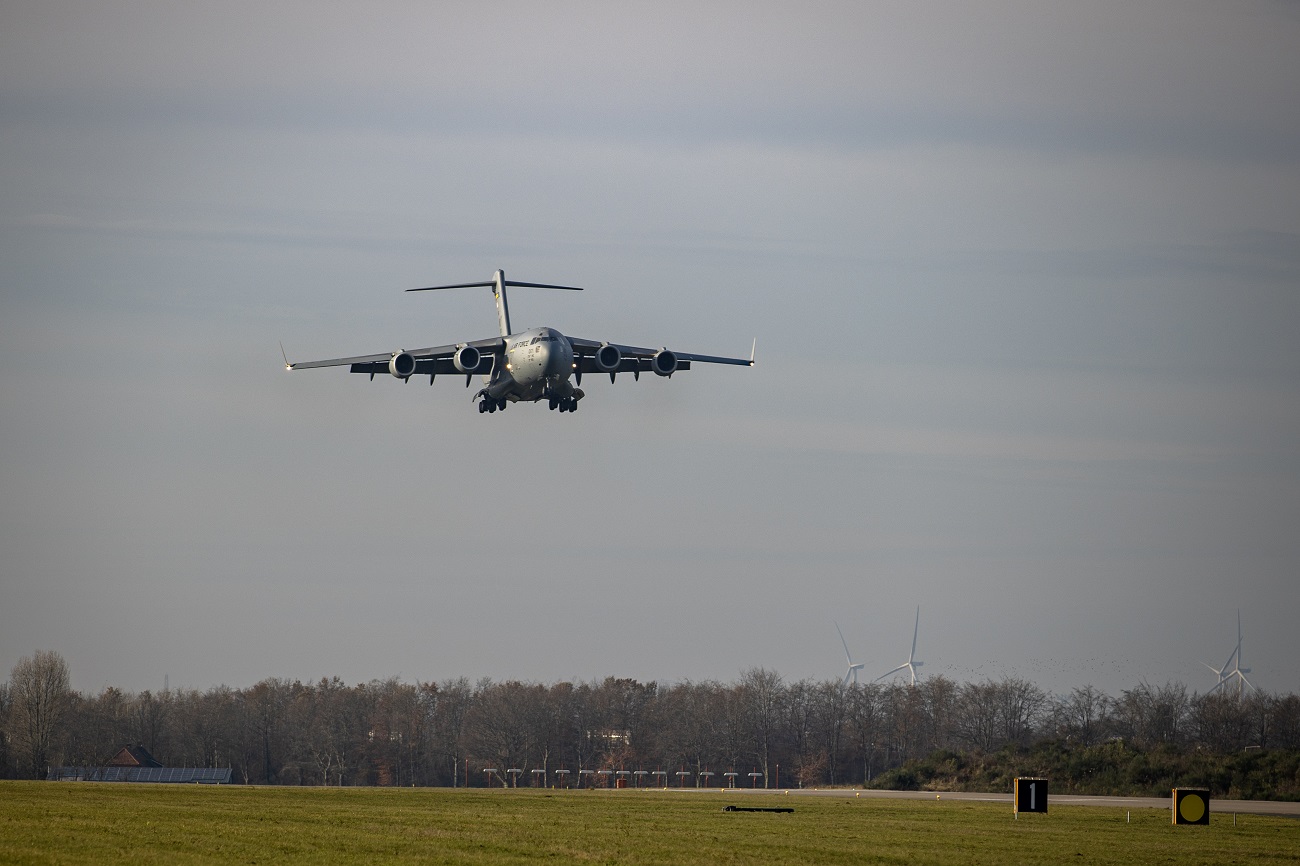
Delivery of remanufactured E-model Apaches represents the next step in this long-term partnership. Since 1984, more than 2,600 Apache helicopters have been delivered to the U.S. Army and 17 international customers. Apache aircraft continue to play an essential role in European defense and are currently operated by several European allied nations. As part of a Foreign Military Sale through the U.S. Department of Defense, Boeing received a contract in 2019 to remanufacture 28 RNLAF AH-64 D-model Apaches to the advanced AH-64E v6. The AH-64E v6 is the most modern configuration of the Apache attack helicopter. Delivery for the final E-model Apache to the country is targeted for 2025. The AH-64E V6 (Version 6) is the most modern configuration of the Apache attack helicopter and is ready for the Multi-Domain Operations (MDO) battlefield. Designed for interoperability within the ecosystem of Joint All Domain Operations (JADO), the AH-64E v6 is a lethal, survivable and agile system providing the range, maneuverability and performance needed by ground forces and contributes to current and future joint mission success.
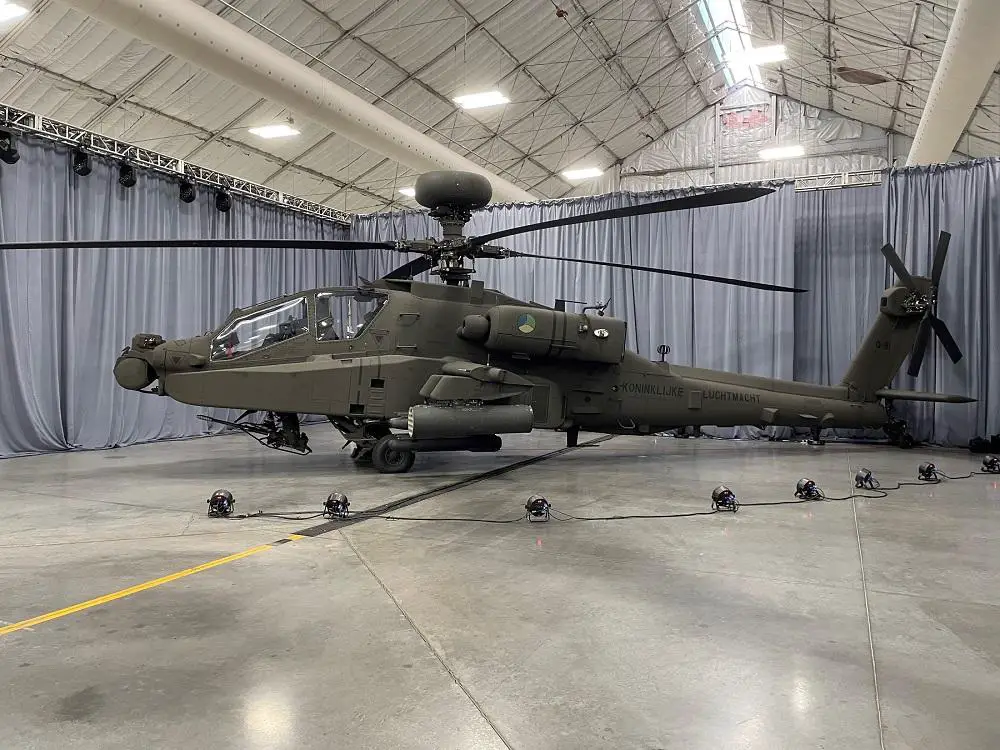
The modernization process, primarily executed at Boeing, involved the complete disassembly of the helicopters. During this procedure, certain components were examined, either reused or replaced, to cater to the requirements of the modernized aircraft. Post-modification, the Apaches undergo finalization and maintenance at the Logistics Center Woensdrecht (LCW), where they are assembled and readied for flight. Following thorough system implementations and checks, the helicopters receive a certificate of airworthiness. Subsequent to a series of test flights, the Apaches are scheduled to return to their home base within a few months—the Defense Helicopter Command situated at Gilze-Rijen Air Base. These 20 upgraded helicopters will join the 301 squadron. Additionally, the Ministry of Defense currently operates six units within the 302 training squadron located at Fort Cavazos in Texas, USA, with plans to incorporate two more aircraft in 2025.


